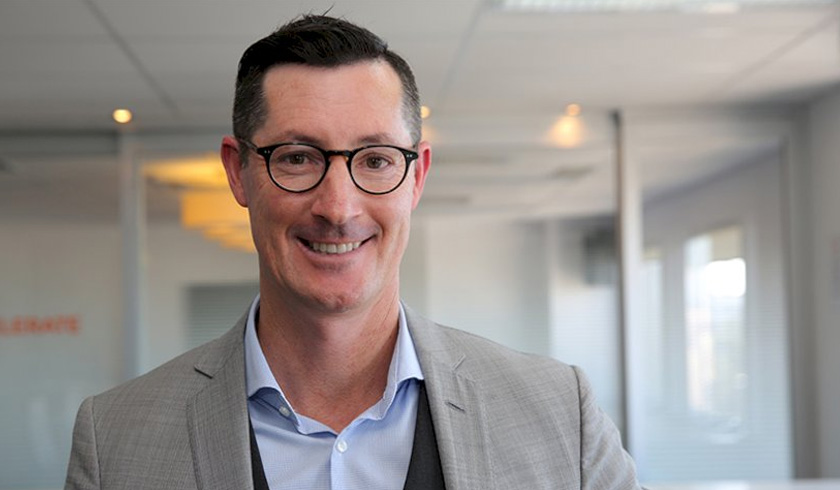What the last decade in property has taught us
Despite facing the fallouts from the GFC, a credit crunch, the end of a mining boom and a deadly virus, the property market has still almost doubled in the last decade, new research has revealed.

Propertyology’s head of research, Simon Pressley, has put the numbers together and revealed the major trends that underlined the last decade in property.
From the start to the end of the decade, median house prices had increased from $530,000 to $972,000 in Sydney; they declined in Perth ($494,000 to $489,000); they almost doubled in the regional township of Goulburn ($230,000 to $427,000), and were very consistent in locations like Bendigo ($235,000 to $360,000).
“Individual state economies were contrasting. Western Australia and Northern Territory both had a golden period at the start of the decade followed by a weak streak for much of the second half of the decade,” Mr Pressley said.
“Conversely, Tasmania experienced a recession in the early part of the decade, yet it ended 2019 at the very top of CommSec’s state-of-the-state’s economic report card, while Queensland and South Australia were consistently underwhelming.”
With the overhang of the GFC, Australian property markets were largely unspectacular in the first half of the 2010s, with home owners looking at smaller properties closer to work.
The research report concluded that 43.7 percent of all residential dwellings approved in Australia over the 10-years ending 2019 were attached dwellings (apartments and townhouses).
“That’s a significant increase on the 31 percent in the previous decade. Five out of eight capital cities had more apartments than houses approved during the decade – Canberra (70.9 per cent), Sydney (65.9 per cent), Melbourne (52 per cent), Darwin (51 per cent) and Brisbane (50 per cent),” Mr Pressley said.
The traditional quarter-acre block (or bigger) remained the dwelling of choice in large parts of regional Australia along with Perth, Hobart and Adelaide.
However, Australians moving to urban areas only led to further problems, with cladding in Victoria and Mascot Towers in Sydney grabbing many of the headlines.
“While there was no shortage of apartment buyers, a strong supply-side response, concerns with construction integrity and same-same Lego building design resulted in vastly inferior financial performance of apartments compared to houses,” Mr Pressley stated.
Propertyology’s report also revealed the boom and bust cycles that major capital cities went through during the decade, with the north and west of the country experiencing severe economic headwinds leading to a decrease in dwelling values.
“The second half of the decade exposed Perth and Darwin’s unhealthy reliance on mining, leading to a very weak property market,” Mr Pressley said.
In contrast to this, some states were able to grow their economy, which acted as a tailwind for property growth.
“Hobart was the clear capital city standout with a 51 percent increase in median house price along with a 39 percent increase in rents,” Mr Pressley said.
While the west coast suffered post the mining boom and the south flourished, it was Australia’s east coast that grabbed attention during the second half of the decade due to housing affordability issues.
Mr Pressley noted that this led to a credit constraint which dampened the entire Australian economy.
“It had an adverse impact on home ownership, on the bulging $50 billion spent on aged pensions each year, the lost stamp duty revenue diminishing state government infrastructure funding capacity and was a general dampener on the broader economy,” Mr Pressley said.
Among other things, the 2010s will go down in Australian real estate history for the emergence of the rentvestor.
“The strategy of renting a dwelling that satisfies one’s lifestyle while owning an investment property (or a portfolio of properties) in completely different locations became increasingly common during the decade. We’ll see more of it.”
Another example of Australians becoming more engaged in their future financial wellbeing was evident in the form of enormous growth in self-managed superannuation funds.
The estimated 1.2 million Australians with an SMSF by the end of the decade was a significant representation from a nation that had a workforce of 13 million people by the end of the decade.

